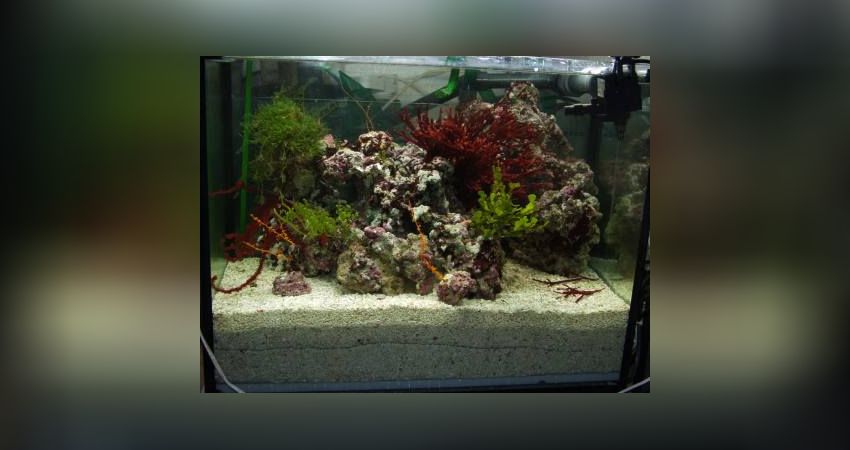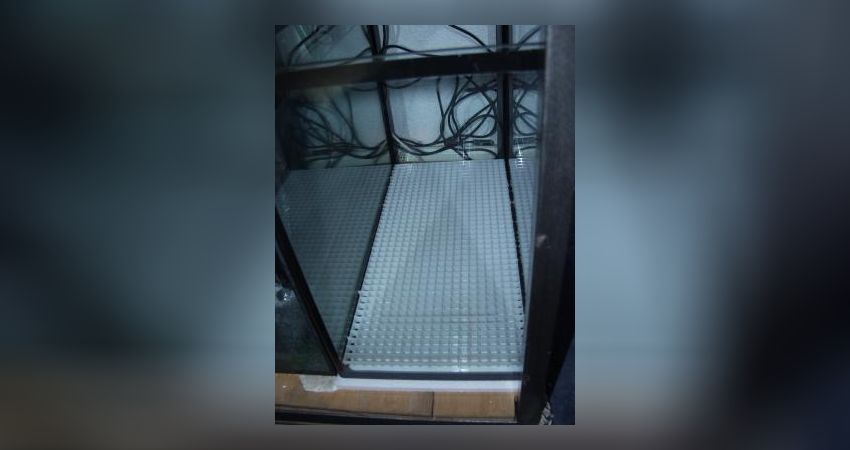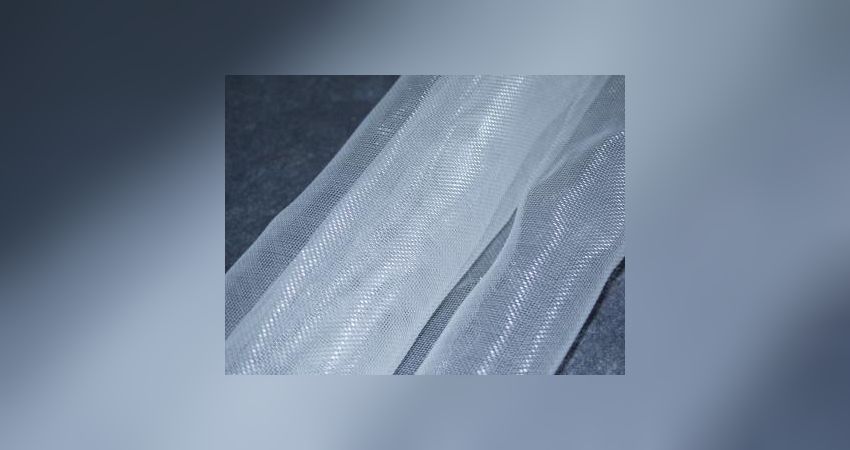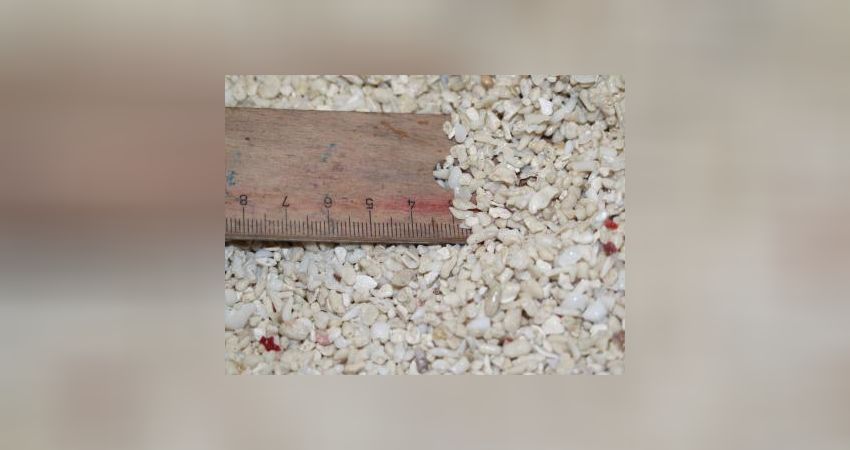16 - Part 3 Filter systems - The Jaubert system

Sabine betrieb es mit Algen
Read here how this Jaubert filter system works and what you should bear in mind.
Filter systems: The Jaubert system
The so-called Jaubert system was developed by Prof. Jean Jaubert and therefore bears his name.
Prof. Jean Jaubert is a marine biologist and works at the University of Nice and the Oceanographic Museum of Monaco. Here in Germany, this system is still quite rare, but it is finding more and more friends as it becomes better known. The aquariums in the Oceanographic Museum of Nice are operated according to the Jaubert system. This is an inexpensive and very simple nitrate reduction system that is also natural.
The principle of the Jaubert system is very simple.
The actual Jaubert system is a high layer of substrate, preferably not less than 10 cm. As we all know from aquaristics, the important denitrification takes place in an oxygen-poor zone. The high substrate of over 8 centimetres provides this anaerobic zone. If you have been reading carefully, you will already notice a similarity to the Deep Sand Bed (DSB)......
Under the thick layer of coral rubble, preferably 3 - 5 mm thick, we believe it is essential to install bottom plates, because this is the only way to achieve diffusion. The bottom plates should be about 2 to 3 cm high in order to have a certain free zone under the thick layer of coral rubble. This is called the plenum. In this bottom-free zone is oxygen-poor water, in the middle in the coral rubble layer is the anaerobic zone, üabove the coral rubble layer then the oxygen-rich zone.
Setting up the Jaubert system and pictures of the plenum
Without the plates, (i.e. the plenum) and exclusively coral rubble, the effectiveness is by far not as high as with bottom plates. Without the plenum, sulphur sulphide also forms much more easily. However, this would be highly toxic for the fish and can be harmful even in small doses.
Bodenplatten
Gaze
Bodengrund mind. 8 cm
Sabine betrieb es mit Algen
So take the bottom plates and make sure that the slits are small enough so that no substrate trickles through. The aquarium floor under the base plates must be free. Put a thick layer of coral rubble on top, 10 cm would be sufficient. In the event of a case, you could work with a net to prevent coral rubble from coming through the plenum onto the bottom. It is also advisable to place a net in the bottom layer itself to prevent the fish in the tank from starting to burrow in the bottom. Just think of well diggers and other burrowing animals. This is one of the things that should be taken care of. It is important to avoid digging in the ground at all costs. This net can be placed in the middle of the coral quarry, at about 5 cm.
The setup is illustrated by a report, backed up with photos of the setup, by Sabine Mülder, which you can find here:
The water in the plenum is oxygenärmer than the water above the layer of coral rubble. In the thick bottom layer, oxygen-farming zones as well as oxygen-free zones now develop, the denitrification process takes place. The question now is, how does oxygen get into the plenum? We think that the many small animals that live in the soil are responsible for this. These are bristle worms, other crustaceans, copeopods, amphipods. They crawl and move around in the substrate and thus always bring oxygen into the soil. They are also important for the recovery of detritus, which is sure to accumulate here.
Note:
Fine sand is out of the question, as you want good diffusion, which is not as given with sand as with coral rubble in a grain size of 3 - 5 mm. Several different grain sizes, as with the mud filter system, are also not desired with the Jaubert system, for the reasons mentioned. However, this is in complete contrast to the DSB system in which the degradation also works but only fine sand is used there...and here a plenum is not used... .... You should draw your own conclusions :-)
Since not everyone wants such a thick layer of substrate in their main tank, we recommend an extra tank, i.e. a refugium. Then you can run your main tank without any substrate at all or with only a thin layer of substrate. We think this is a matter of opinion and everyone can do it the way they see fit.
It is also very important that you should not put in so many stones, or that they do not take up so much of the substrate. The principle of the Jaubert system is diffusion. This means that as much free space as possible should remain.
Drainers, oxygen and phosphate:
A drain is not necessarily necessary in a Jaubert system, but is also used here in the meantime. The oxygen input alone makes it the better choice to have one running as well.
In addition, the use of a separator takes away some of the nutrient input, so that there is simply less stress in the system itself. Because even in this system you should always keep an eye on the phosphate value. Alternatively, you can integrate algae, which is very feasible with a refugium, and thus reduce the phosphate content by regularly cutting the algae.
Yellow substances are also an issue in the Jaubert system. Here, as in the Berlin system, activated carbon is used
Lighting:
As in the Berlin system, this is a matter of opinion, we advise HQI lighting or T5 tubes, or a combination of both types of lighting.
Trace elements and calcium:
In the Jaubert system it was originally thought that you could do without additions, because the soil would dissolve enough. However, this is not correct, as was also very quickly recognised. It is by far not enough, which is why even here in this system there is no getting around a supply of trace elements. Here too, as in the Berlin system, we refer to commercial products such as lime reactors or the balling method. As in all systems, regular measurement of the water parameters is obligatory.
Special features:
For some time now, some aquarists have gone over to sucking off some water in the plenum every day. So far, this has proved to be particularly practical, also with regard to the removal of phosphate from the system. We tend to think that you should not siphon off more than the contents of the plenum every day.
Frank Diehl, Robert Baur-Kruppas
How do you like this article?
Info
Author

Bookmark
Comments
Topics
Similar articles
- 37 - Pests Part 2
- How a marine aquarium is created-Part 15 and 16: first corals, cleaning crew and algae phases
- 33 - Butterflyfish in a community aquarium?
- 29 - Surgeonfishes Part 1
- How a marine aquarium is created-Part 13: The PH value
- How a marine aquarium is created Part 38: When corals become entangled, the fight for settlement space
- 27 - Angelfish in a community aquarium?
- How a saltwater aquarium is created Part 19: Dosing system (Reefdoser Evo 4) and Detaylor holder
- 18 - Ozone
- How a marine aquarium is created Part 30: Fish, corals, night shots
Comments To the top
Please register
In order to be able to write something yourself, you must register in advance.






